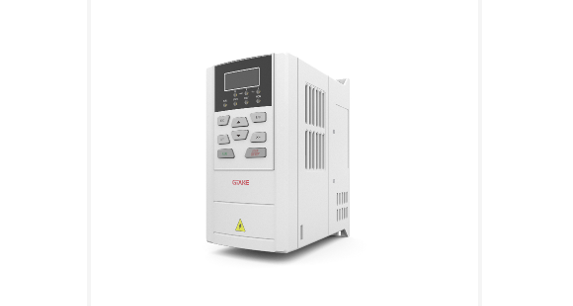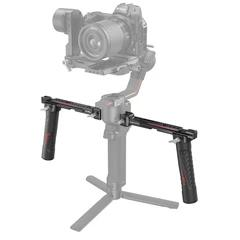A Guide To Understanding Telecentric Lenses

Parallax is the difference in the apparent position of objects viewed through two different optical means. One way to minimize parallax and create a smooth image from multiple lenses is with a telecentric lens.
An Introduction to telecentric lenses
A telecentric lens is a special optical lens that is designed to correct the parallax of an ordinary industrial lens. Telecentric lenses are often used in cameras and other optical devices because they produce images that are more accurate and have better clarity. They can also be used to correct astigmatism or other optical errors.
What are the advantages of a telecentric lens?
Telecentric lenses have several advantages over other lens types. These include:
-They are often more accurate in terms of composition and focus. This is because the lens is designed to correct for the distortion caused by the object being photographed from different angles.
-They produce a sharper image due to their lack of chromatic aberration and their ability to capture more light than other lens types.
-They are less likely to produce distortion when magnified.
How does a telecentric lens work?
Telecentric lenses are lenses that have a specific center of curvature. This center of curvature is usually located near the lens’s focal point. This allows for a more accurate focus of the image being captured by the lens. Telecentric lenses also offer a more distortion-free image because the center of curvature is located away from the focal point.
Conclusion
Telecentric lenses are used in cameras and other optical devices to correct for chromatic aberration (CA), which is the distortion of colors caused by the different wavelengths of light being refracted differently by different surfaces. Telecentric lenses can offer significant advantages over other types of lenses. If you wish to use a telecentric lens in an industrial inspection, be sure to consider SmartMoreInside!

![How To Solve [pii_email_aef67573025b785e8ee2] Error Code](https://ipsnews.info/wp-content/uploads/2022/02/How-To-Solve-pii_email_aef67573025b785e8ee2-Error-Code.jpg)



